In his talk “Cloud Provisioning with Ansible? Is that possible?”, Nils Magnus went over ways to make cloud provisioning possible with Ansible, how you would need to architecturally build it, and some important terms.In the first part of his talk, Nils went over the difference between provisioning and configuring and why he thinks they are the same thing.
He then went into the benefits such as disaster recovery, updating and code hygiene or knowledge sharing that come with automating the infrastructure.
 Forms of provisioning
Forms of provisioning
He described the various forms of provisioning, whether you use it as a Bash script, as a domain-specific language or manually. Depending on the type of application, the code needs to be specific and precise. Infrastructure as code should be declarative, convergent to the target, and idempotent so that each iteration produces the same result. It is also important that it can capture and manage the state of the infrastructure. This is not a trivial point to overlook.
Typical representatives of infrastructure as code are programs like Terraform, Heat or Pulumi. The big question now is whether Ansible also belongs to this list and can perform the same tasks.
How functions change
Furthermore Nils went into some more technical terms of Ansible and Cloud like targets, tasks, SDK and Bastion and briefly explained how Ansible works.
He explained how the functions change when Ansible is used as a provisioning tool. Initially, there will not be the systems that you want to work on, you have to create them first through the cloud interface. For this, requests are sent to the SDK via the localhost, which prepares it for the interface.
Once the infrastructure is built via the cloud interface, you can connect to it.
Many ways to connect to Ansible
Openstack has many ways to connect to Ansible here and offers tools to simplify working with Ansible and IaC. Nils also walked us through a sample installation. He talked about some best practices, such as dealing with credentials in the configuration files,
Nils’ talk at stackconf also ended with the demonstration of an installation.
The recording of Nils’ talk and all other conference talks can be found in our Archives! Check it out!
Stay tuned!
We enjoyed connecting with different people from the community and had pleasure listening in the different conversations.
stackconf 2023 will take place from September 13 – 14 in Berlin. Stay tuned for the event and subscribe to our newsletter. You’re also invited to follow our Twitter, Facebook and LinkedIn account to stay up to date with our event’s preparations.
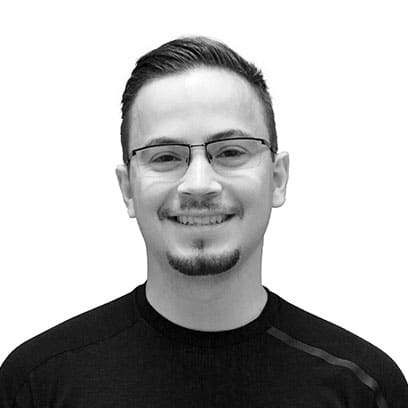
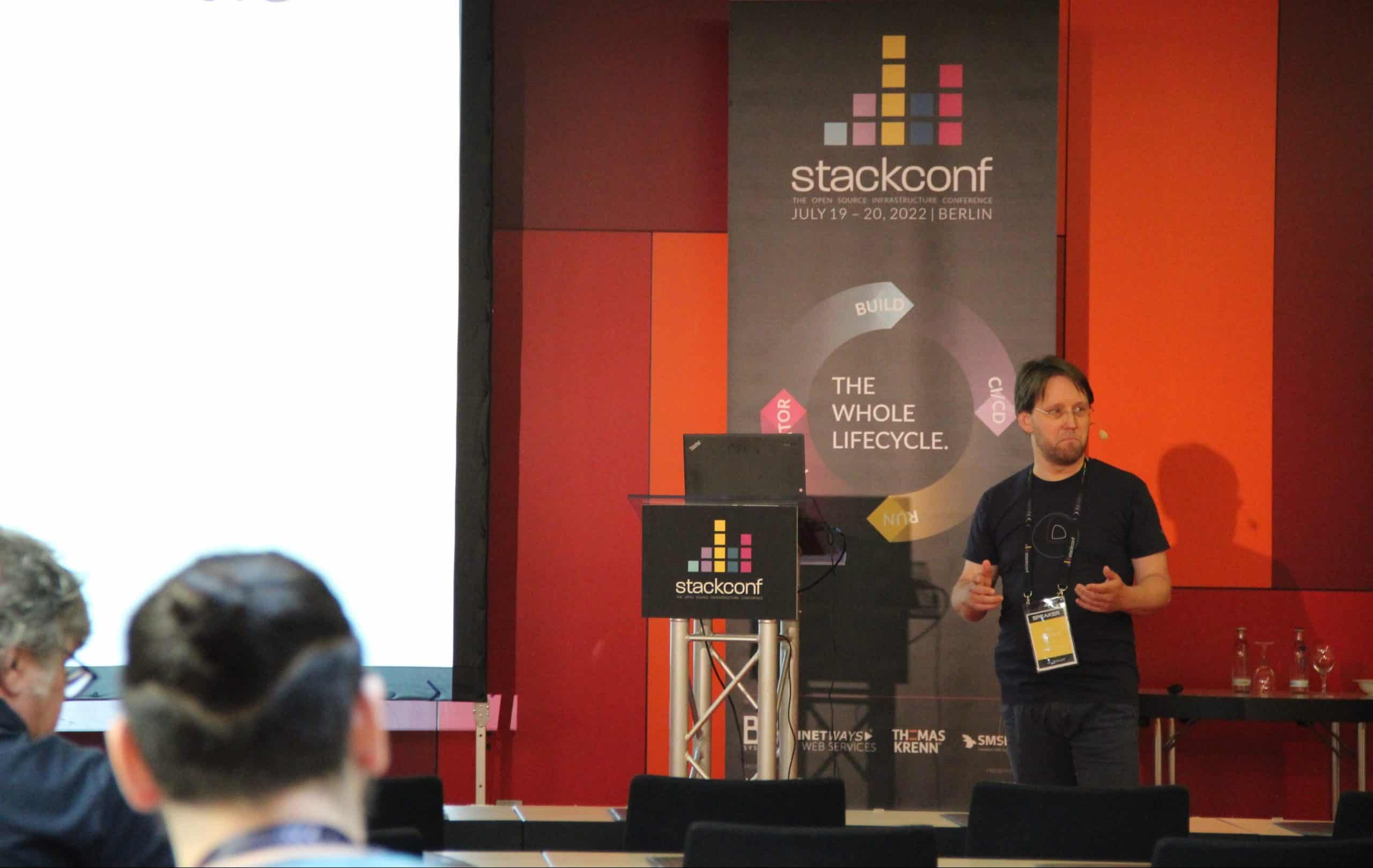 Forms of provisioning
Forms of provisioning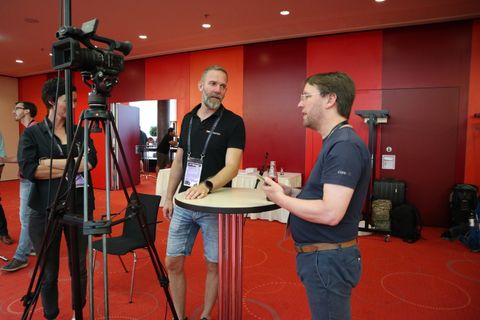
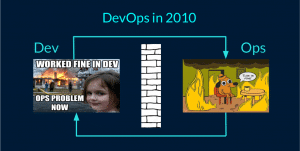 DevOps is such a common term now that it has almost lost its accurate meaning. Once upon a time there were two teams, Devs and Ops, with different missions and goals – rapid development vs. stable user experience. Changes were handed over just like that and great effort was put into getting even the smallest features into production to the customer in a stable way. For sure: This needed to change!
DevOps is such a common term now that it has almost lost its accurate meaning. Once upon a time there were two teams, Devs and Ops, with different missions and goals – rapid development vs. stable user experience. Changes were handed over just like that and great effort was put into getting even the smallest features into production to the customer in a stable way. For sure: This needed to change!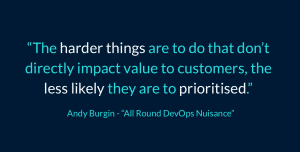 According to a report by Haystack Analytics, 83% of all developers suffer from burnout, mostly triggered by the demands of having to learn and consider more and more technologies and areas.
According to a report by Haystack Analytics, 83% of all developers suffer from burnout, mostly triggered by the demands of having to learn and consider more and more technologies and areas.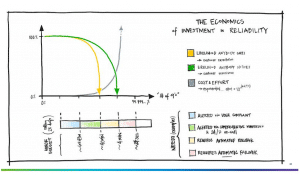 you also have to see if this is needed by the user. Many users don’t even notice a short disruption, and if they do, some aren’t even bothered by it – contrast this with the cost and effort of taking measures. Depending on the level of site reliability needed, monitoring measures range from user input to active monitoring to automatic rollbacks.
you also have to see if this is needed by the user. Many users don’t even notice a short disruption, and if they do, some aren’t even bothered by it – contrast this with the cost and effort of taking measures. Depending on the level of site reliability needed, monitoring measures range from user input to active monitoring to automatic rollbacks.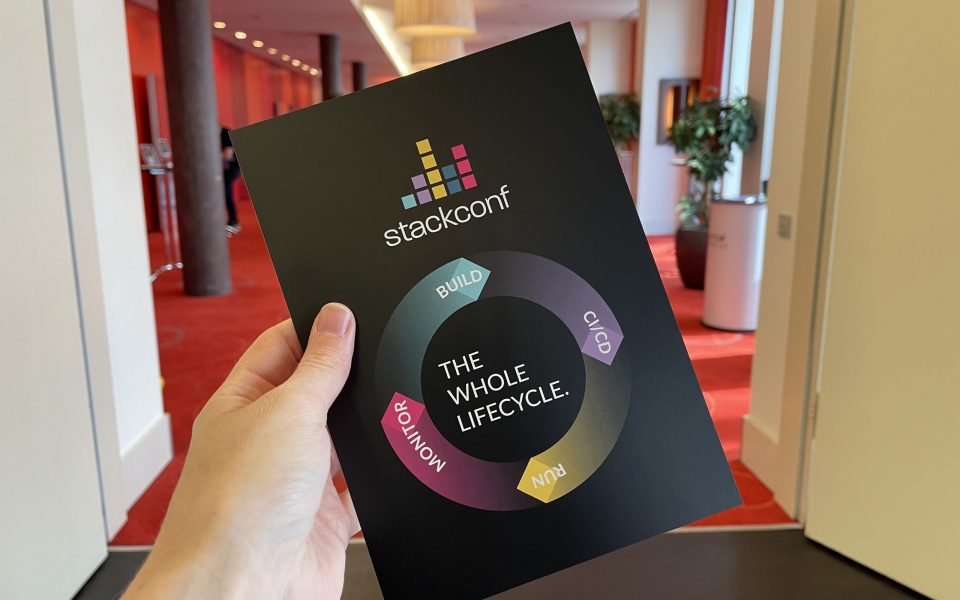
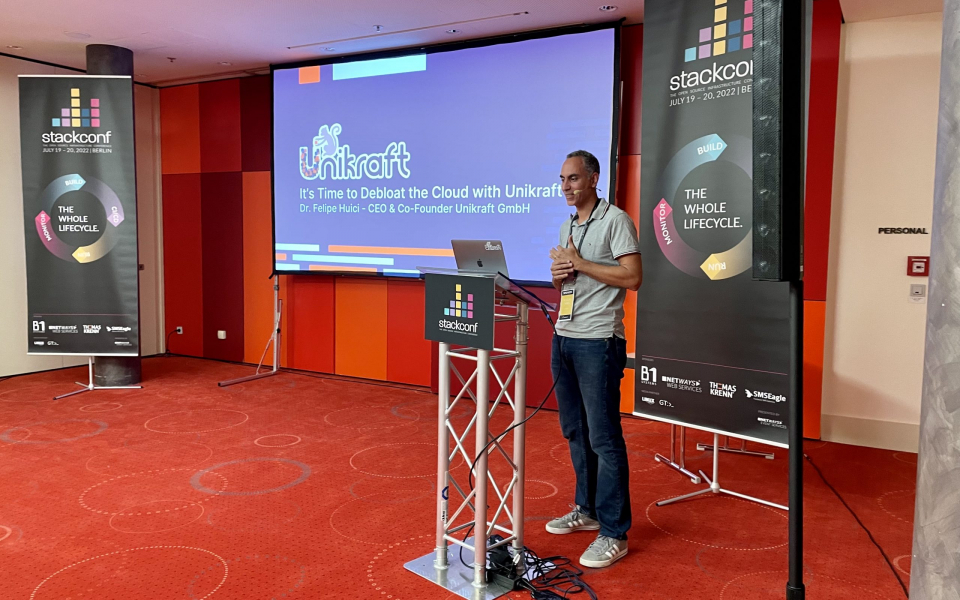
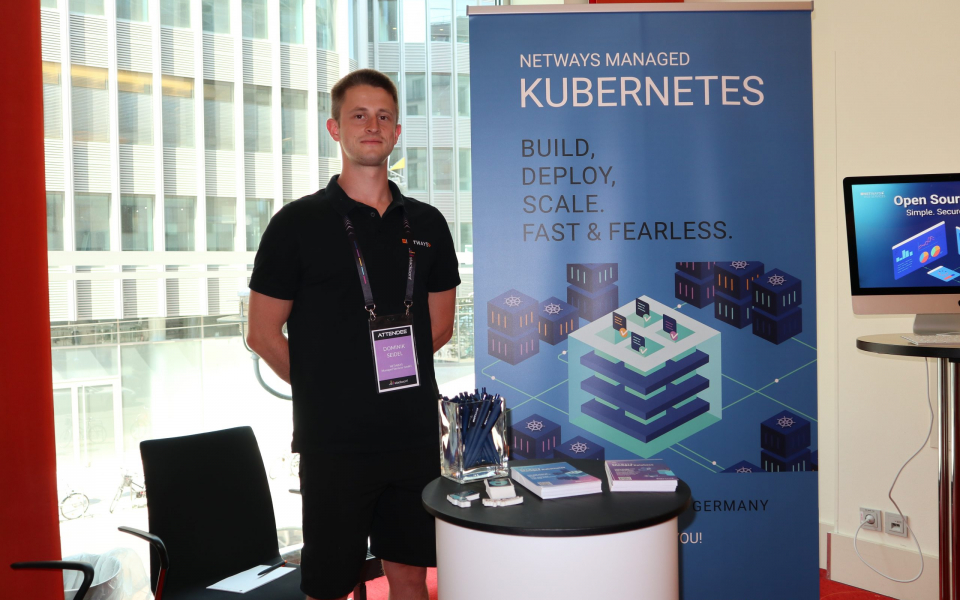
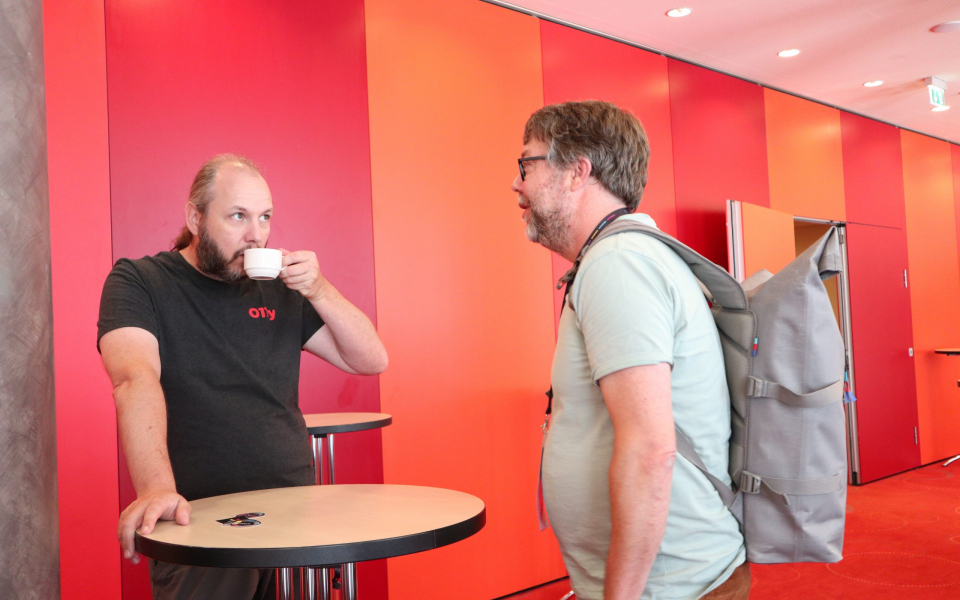
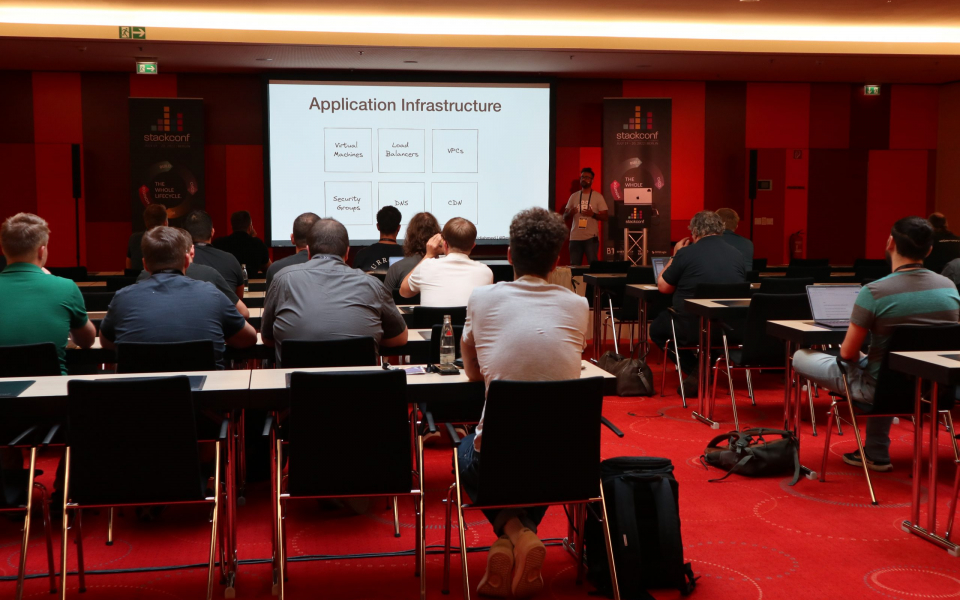
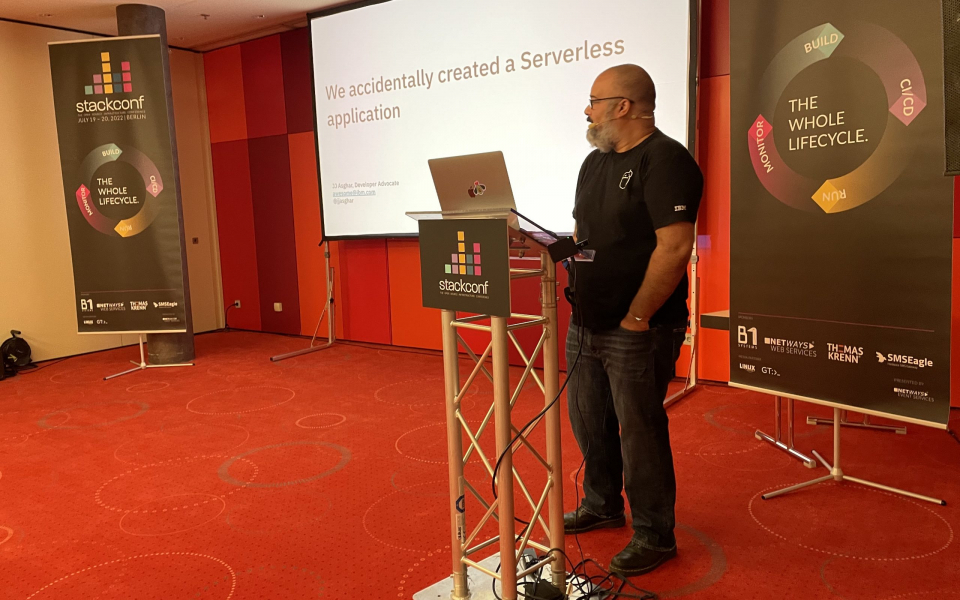
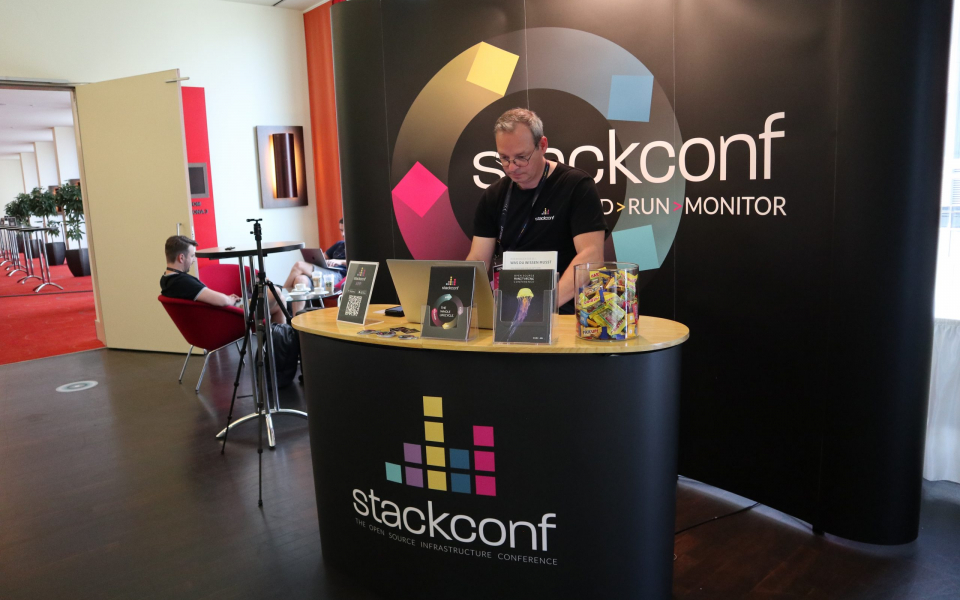

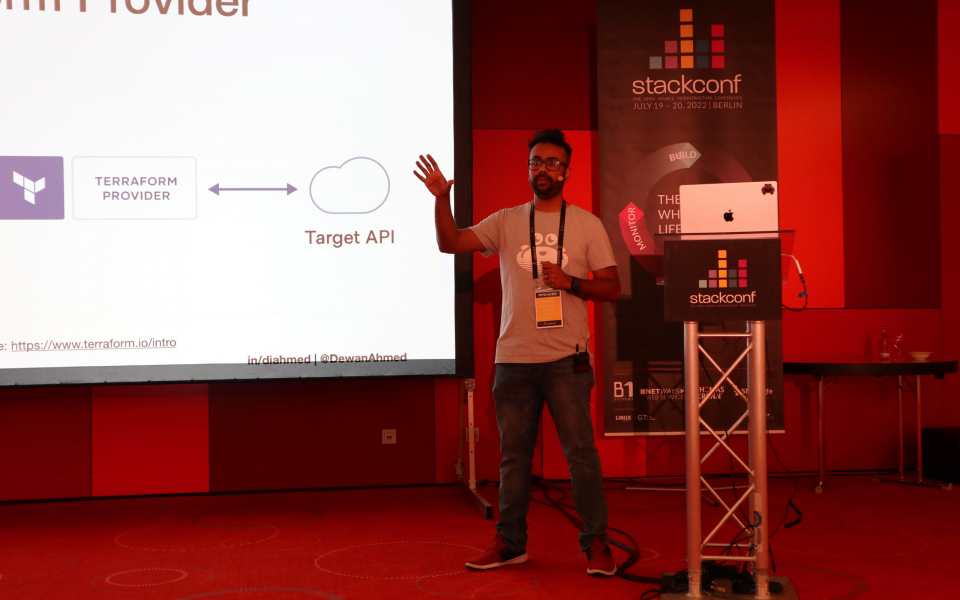

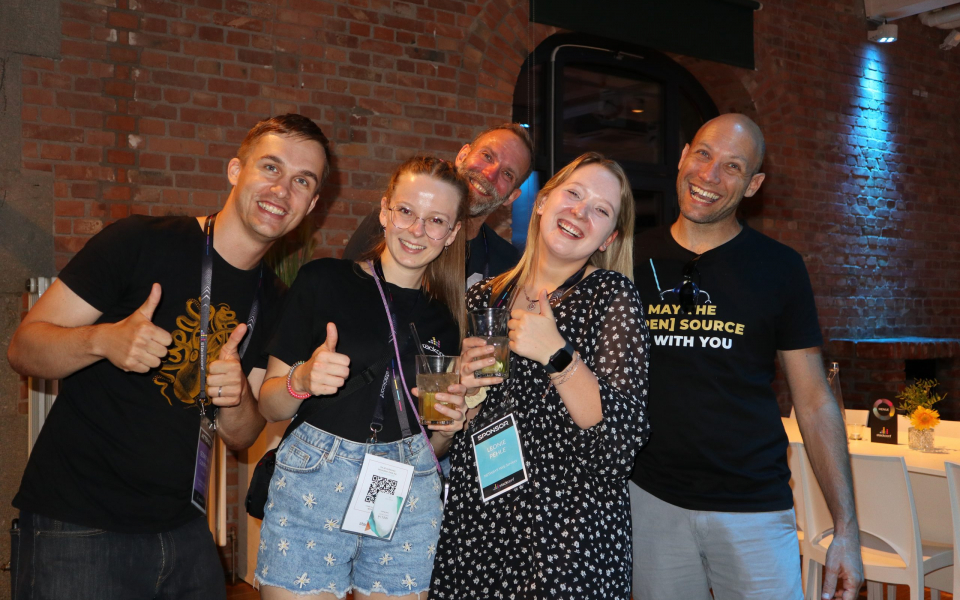
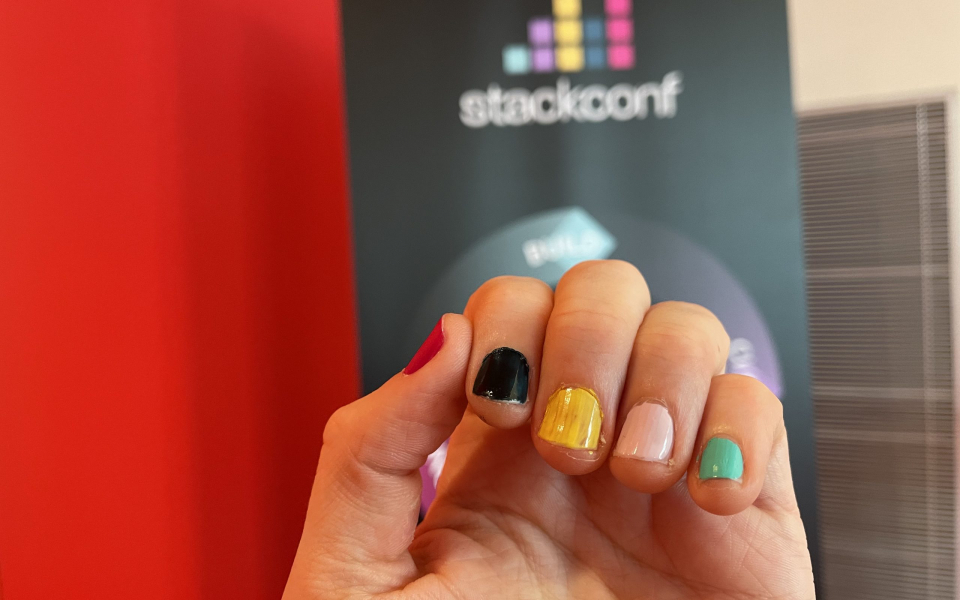
 Name: Michael Kübler
Name: Michael Kübler















